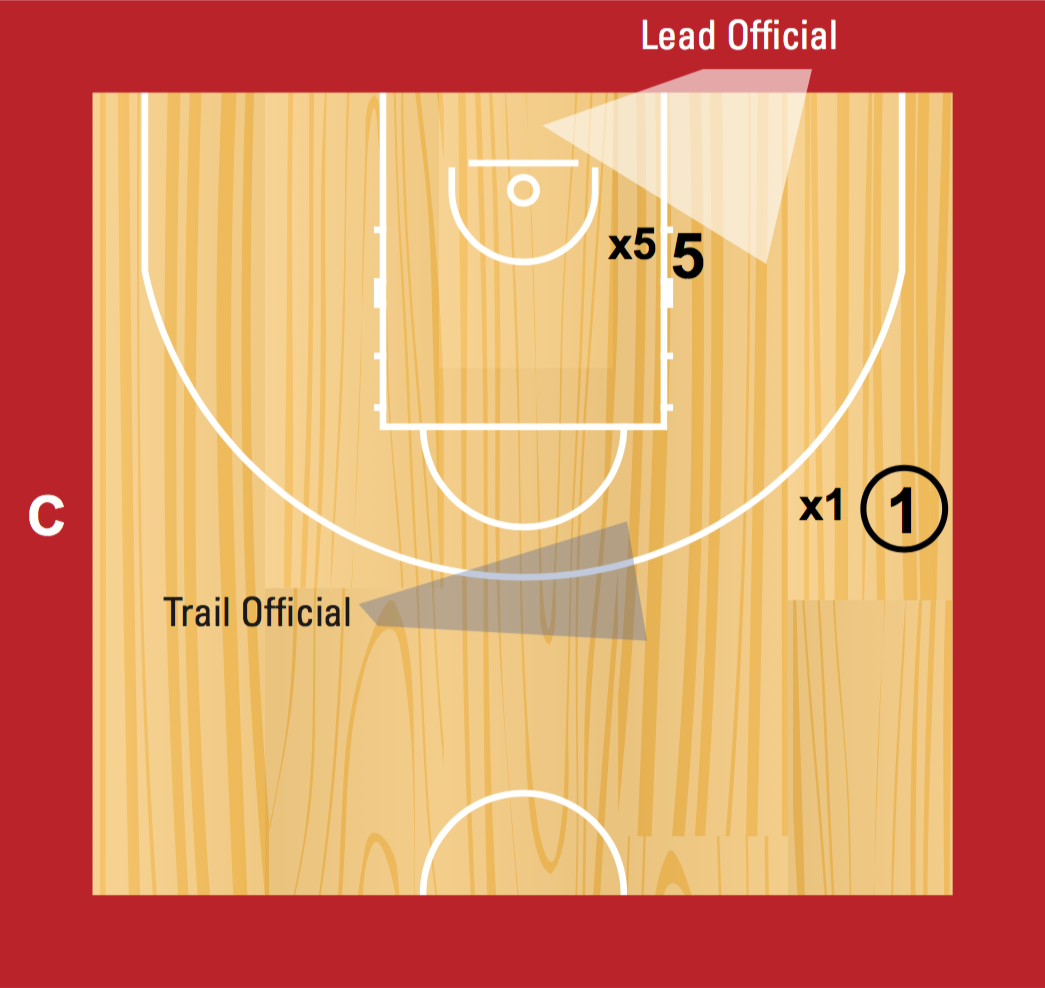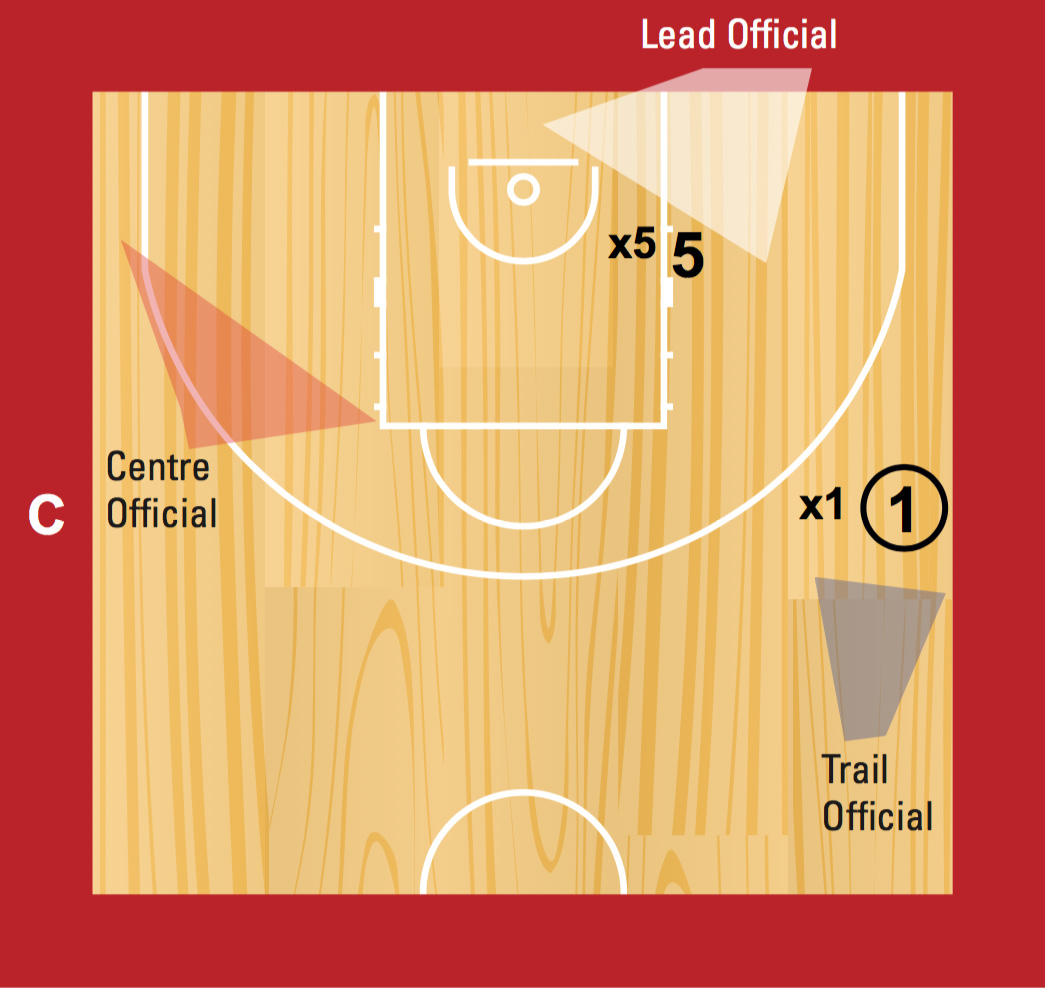- 2.5.1 Advanced lay-up techniques
- 2.5.2 Reverse lay-up
- 2.5.3 Advanced shooting - shooting footwork
- 2.5.4 Advanced shooting - inside shooting
- 2.5.5 Correcting shooting technique - flat shot
- 2.5.6 Correcting shooting technique - off-line shot
- 2.5.7 Correcting shooting technique - side spin
- 2.5.8 Correcting shooting technique - shooting short
- Follow-up
- 3.1.1 Preparing players physically to play basketball
- 3.1.2 Preparing players physically - warm-up for training
- 3.1.3 Preparing players physically - warm-up for games
- 3.1.4. Préparation physique des joueurs - Musculation de force
- 3.1.5 Preparing players physically - power training
- 3.1.6 Preparing players physically - conditioning
- 3.1.7 Preparing players physically - flexibility
- 3.1.8 Preparing players physically - basic strength training programme
- 3.1.9 Basic-off season preparation
- 3.3.1 Physical recovery techniques - overview
- 3.3.2 Physical recovery techniques - active recovery
- 3.3.3. Compression Clothing
- 3.3.4. Physical recovery techniques - hydro therapy
- 3.3.5. Physical recovery techniques - massage
- 3.3.6. Physical recovery techniques - sleep
- 3.3.7. Physical recovery techniques - stretching
- 3.3.8 Physical recovery techniques - practical applications
- 2.1.1 Motion Offence – 5 Out – pass and cut/give and go
- 2.1.2 Receivers Principles with Post Players
- 2.1.3 Motion offence with post - 4 out, 1 in
- 2.1.4 Post Up Cuts
- 2.1.5 Developing Decision Making - Putting Perimeter and Post Together
- 2.1.6 Creating scoring opportunities with a second pass
- 2.1.7 Moving the help defender away from a help position
- Follow-up
Level 2
1.2.1 Referee responsibilities
Court Coverage
Whilst coaches do not need to have in- depth knowledge of the responsibilities that referees have, it is important that the coach understand that between them the referees are responsible for covering the whole court.
Accordingly, they may be looking at different areas of the court at any particular time and they both could be focussing on a different area than where the coach is looking.
In this situation the lead official is focussing on the post players (and the key) and the trail official is focused on the ball, which is in the wing position.
If the coach asks the trail official about something that happened in post, the trail official is probably unaware of what was happening – it is not their area of responsibility.
In “3-man officiating ” the centre official (who is positioned closest to the coach) is responsible for what is happening off the ball, on their side of the court.
Accordingly, if the coach asks the centre official about what was happening in the ball-side low post, or on the ball, the centre official is probably unaware of what was happening.
Most importantly, coaches must appreciate that they are in a different position to the referees so will have a different view of what is happening on court. Not only will what they see be affected by where they are standing but also by the position of other players on the court, which may obscure what they can see.
A coach may therefore see something that the official misses just as often as the official will see things that the coach misses. Both coach and official have their job to do and they should support each other.
The Importance of Mechanics
Officials are taught specifically how to move around the court and these “mechanics” (or rules of movement) are designed to ensure that:
- there will be one official who has a view of any particular action that is occurring on the court (whether it is on ball or off the ball);
- that official will be in the best position to see the action and particularly to officiate:
- who has caused any contact;
- whether players are in a legal or illegal position.
The mechanics are a guideline for the official to help them to perform their role and to do so working in partnership with other officials. Officials are required to make hundreds of decisions every game – not just when to “make a call” but also when to “hold their whistle”. They are officiating all ten players – moving in a relatively small area of court sometimes quickly, sometimes slowly.
They will undertake this role better if they are not also having to deal with coaches yelling and screaming on the sideline!

